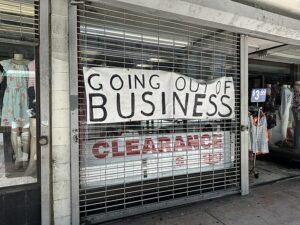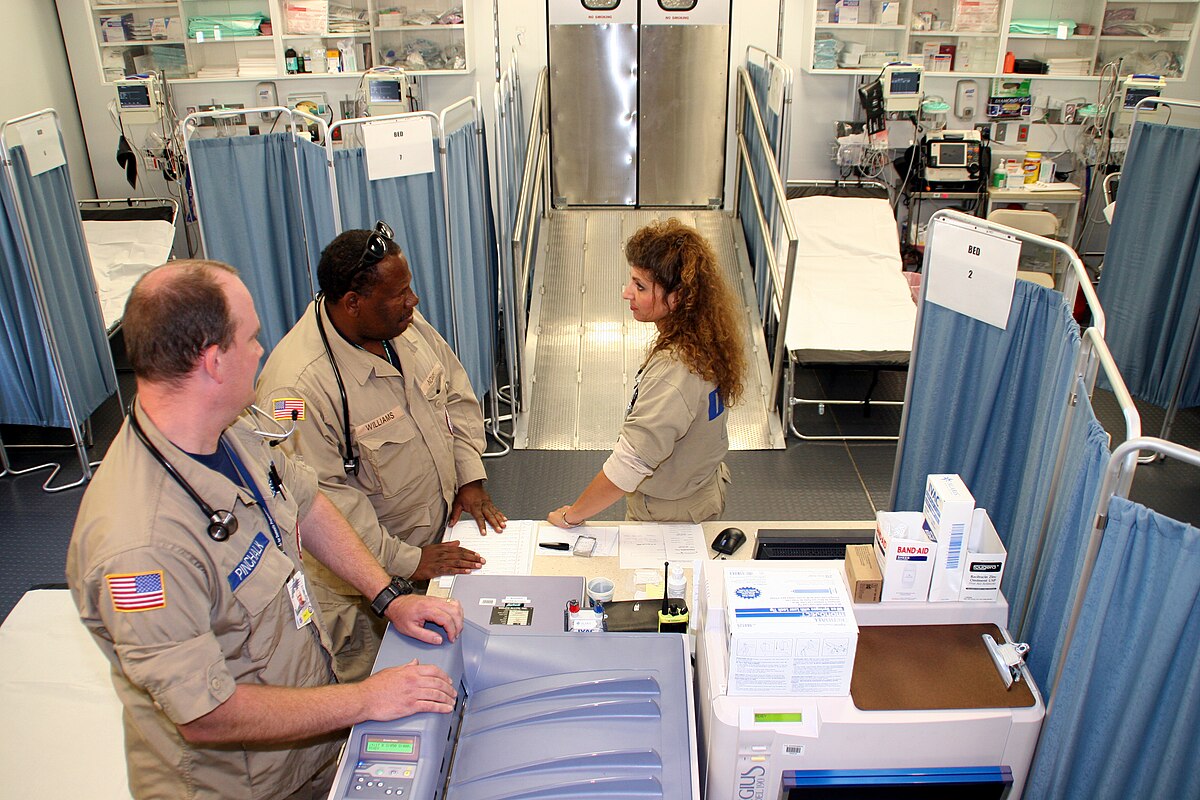 Think of your favorite sitcom, what are the main settings of the show? Often it is a character’s home, their job, and then a third place where the main cast gathers. In Friends, for example, the group meets in Central Perk, a cozy cafe near their apartments, and spends a significant amount of their time there. These casual spots where people come together are equally (if not more) important in real life as they are in sitcoms. However, in recent years, these kinds of places are disappearing and it’s having a significant impact on how we connect and build community.
Think of your favorite sitcom, what are the main settings of the show? Often it is a character’s home, their job, and then a third place where the main cast gathers. In Friends, for example, the group meets in Central Perk, a cozy cafe near their apartments, and spends a significant amount of their time there. These casual spots where people come together are equally (if not more) important in real life as they are in sitcoms. However, in recent years, these kinds of places are disappearing and it’s having a significant impact on how we connect and build community.
Third places were coined and defined by sociologist Ray Oldenburg. He distinguished them from other environments through eight characteristics:

- Neutral ground. No one is required to be present and may come and go as they like.
- Leveling place. There are no socio-economic dictators separating some groups from others; everyone there is equal.
- Conversation friendly. While conversation does not have to be the main activity, it should be encouraged and easily facilitated.
- Accessibility and accommodation. It must be accessible for everyone.
- Regulars. The place should have a group of people who frequently socialize there, are familiar with each other, and help create a welcoming atmosphere.
- Low profile. Third spaces should be casual and comfortable, not fancy facilities that may intimidate people.
- Playful mood. The atmosphere is lighthearted and spontaneous; nothing should be overly structured to allow for playfulness and creativity from those present.
- A home away from home. Attendees should experience a sense of comfort and belonging like they’d feel at home.
Despite third places’ vital role in fostering community and connection, they are becoming increasingly scarce. The decline of third places has been attributed to several factors, aside from the COVID-19 pandemic, which greatly increased how much we rely on technology for socialization while simultaneously restricting face-to-face interactions;, these include urban development that prioritizes commercialization over community-oriented spaces, the ever-growing rise of digital communication, and the increasing socioeconomic pressures that limit accessibility to informal gathering spots. Because of these reasons and more, many small businesses, cafés, community centers, shopping malls, and other informal venues have been shut down in the past 20 years, resulting in fewer options for individuals to gather and interact in a relaxed setting. In a study by researcher Jessica Finlay, it was found that between 2008 and 2015, locations for public recreation and entertainment decreased by 18 percent. Additionally, local food and beverage stores decreased by 23 percent, and small hobby item stores including businesses selling musical instruments, books, and sports supplies that would often host events and foster community have decreased by 27 percent. The loss of these places has been linked to what sociologists are calling a loneliness epidemic, with 47 percent of American adults reporting to often or always feeling alone. With fewer places to form connections, it’s no surprise that so many people are feeling isolated and lonely.
businesses, cafés, community centers, shopping malls, and other informal venues have been shut down in the past 20 years, resulting in fewer options for individuals to gather and interact in a relaxed setting. In a study by researcher Jessica Finlay, it was found that between 2008 and 2015, locations for public recreation and entertainment decreased by 18 percent. Additionally, local food and beverage stores decreased by 23 percent, and small hobby item stores including businesses selling musical instruments, books, and sports supplies that would often host events and foster community have decreased by 27 percent. The loss of these places has been linked to what sociologists are calling a loneliness epidemic, with 47 percent of American adults reporting to often or always feeling alone. With fewer places to form connections, it’s no surprise that so many people are feeling isolated and lonely.
However, not all hope is lost. Communities are beginning to recognize the importance of these gathering spaces and are taking steps to preserve and revitalize them. Initiatives focused on creating more inclusive, accessible public spaces are gaining traction all over the world. For example, cities like Melbourne and Barcelona have implemented policies to encourage outdoor dining and pedestrian-friendly areas, effectively turning streets into social spaces. Additionally, in the U.S., many initiatives have been started to create and revitalize third spaces, including the Third Spaces Lab, Reimagining the Civic Commons, and the Better Block Foundation. One stands out among the American efforts, combining the revitalization of libraries and the need for third places: the Urban Libraries Council (ULC). The organization’s efforts build on existing infrastructure while helping libraries become places that not only allow for, but foster social interaction, community building, learning, and engagement. The ULC advocates for libraries to embrace their potential as third places in urban communities, where other avenues for meaningful social interaction are scarce and can be hard to come by. By redefining the role of libraries, they aim to create accessible community building venues that welcome diverse populations.
 Libraries embody the eight characteristics outlined by Oldenburg very well. They welcome anyone regardless of background or status, allowing for individuals from all walks of life to come together. They create conversation-friendly atmospheres by hosting events, book clubs, and discussions that encourage interaction and exchanges of ideas. With support from the ULC over 180 libraries across the U.S. and Canada are adapting to meet the needs of their communities while fostering social connections. By encouraging libraries to develop beyond collections of books while keeping accessibility and community-specific needs in mind, the ULC is helping combat the loneliness epidemic and revitalize neighborhoods.
Libraries embody the eight characteristics outlined by Oldenburg very well. They welcome anyone regardless of background or status, allowing for individuals from all walks of life to come together. They create conversation-friendly atmospheres by hosting events, book clubs, and discussions that encourage interaction and exchanges of ideas. With support from the ULC over 180 libraries across the U.S. and Canada are adapting to meet the needs of their communities while fostering social connections. By encouraging libraries to develop beyond collections of books while keeping accessibility and community-specific needs in mind, the ULC is helping combat the loneliness epidemic and revitalize neighborhoods.
As we move forward, navigating new technologies and new ways of socializing, the movement to revive third places becomes increasingly important. These efforts aren’t just about creating physical spaces, but about nurturing a sense of belonging and social connections that these environments can provide. By creating and revitalizing these places, communities can become stronger and fight back feelings of isolation and loneliness while encouraging local engagement and bringing together diverse populations.
Rasmussen is a guest blogger at UITAC Publishing. UITAC’s mission is to provide high-quality, affordable, and socially responsible online course materials.
Images used in this blog:
- “Central Perk from the series Friends” by Ilse Orsel is licensed by Unsplash. This image has not been altered.
- “montreal parks in the summer” by Phil Desforges is licensed by Unsplash. This image has not been altered.
- “Going Out of Business Sign Downtown Miami FL” by Phillip Pessar is licensed under CC BY 2.0. This image has not been altered.
- “People Gathering in a Room” by Yan Krukau is licensed on Pexels. This image has not been altered.




